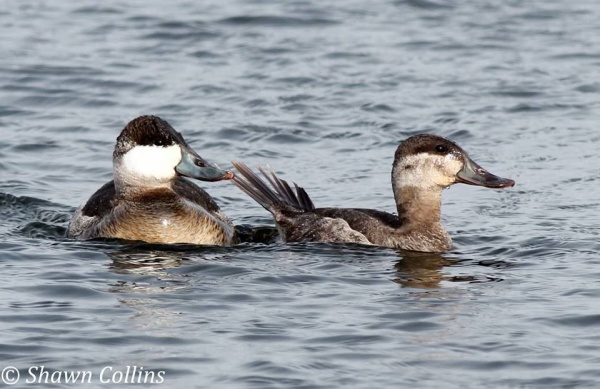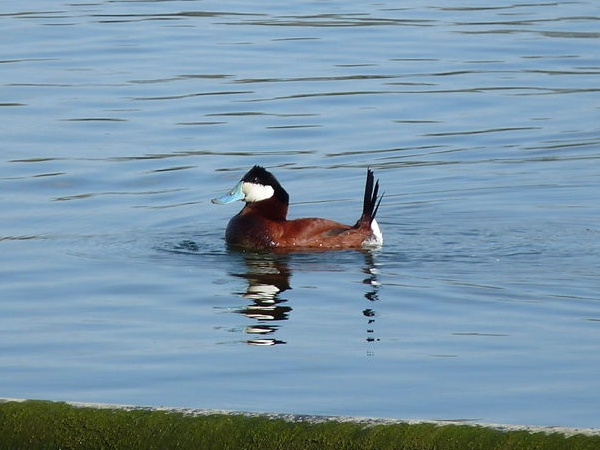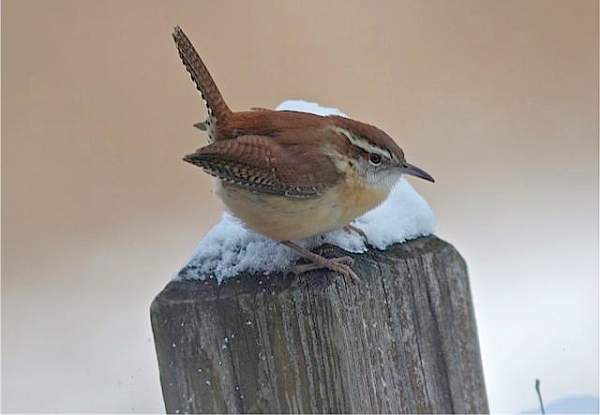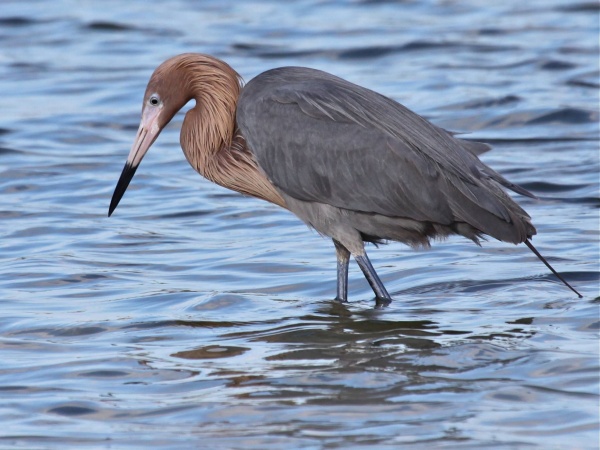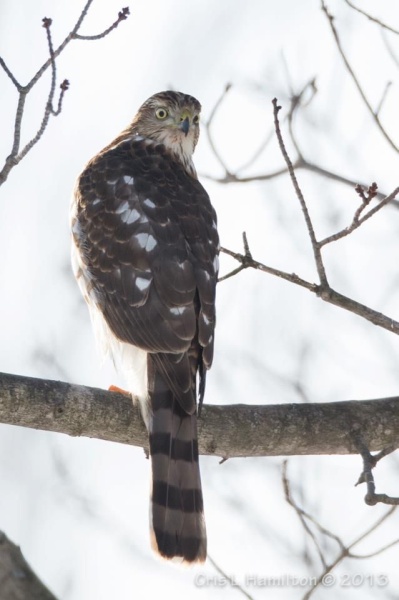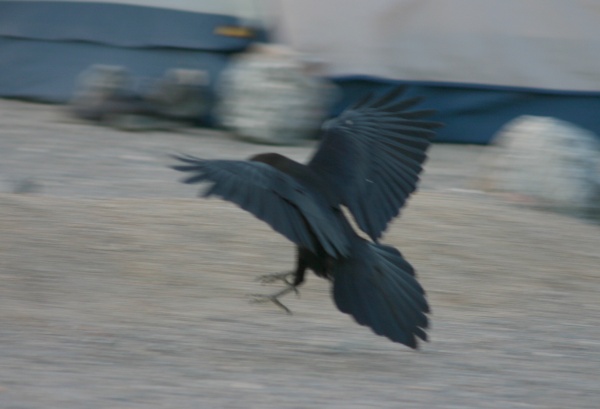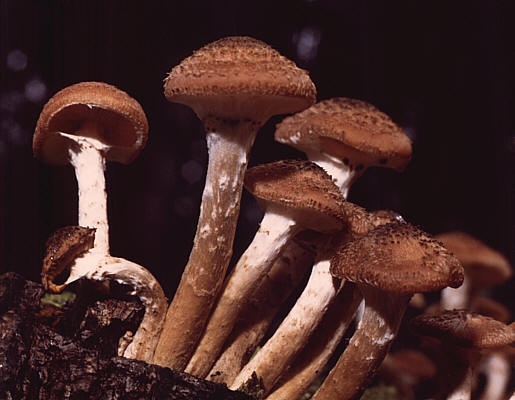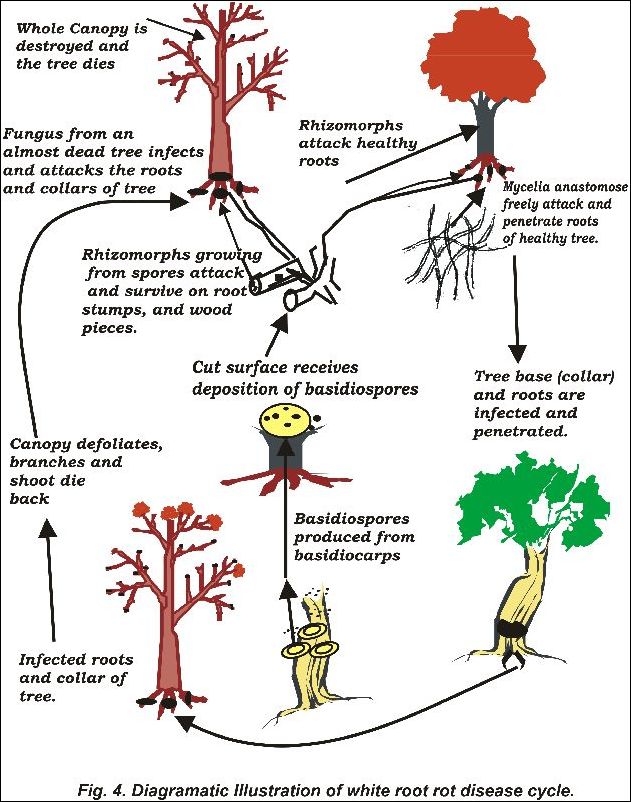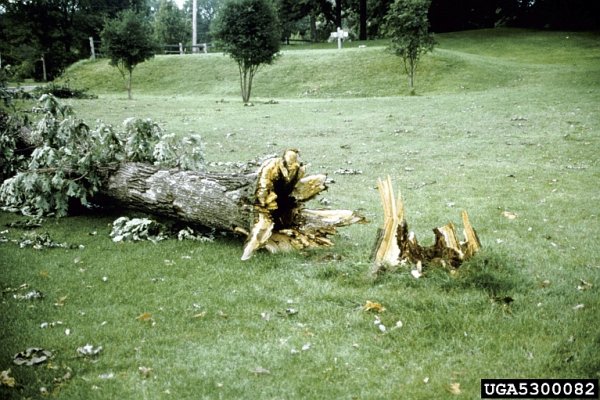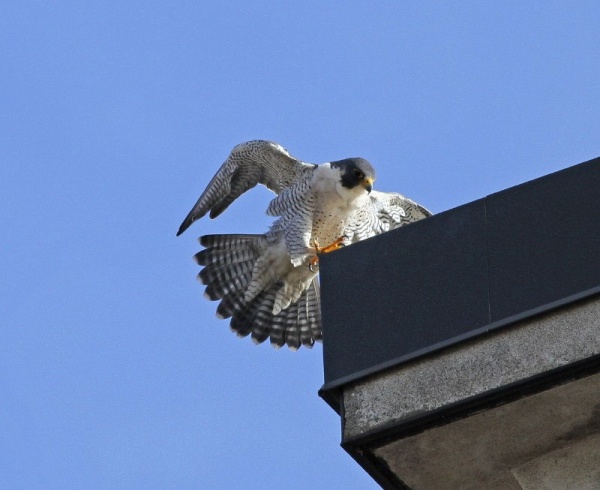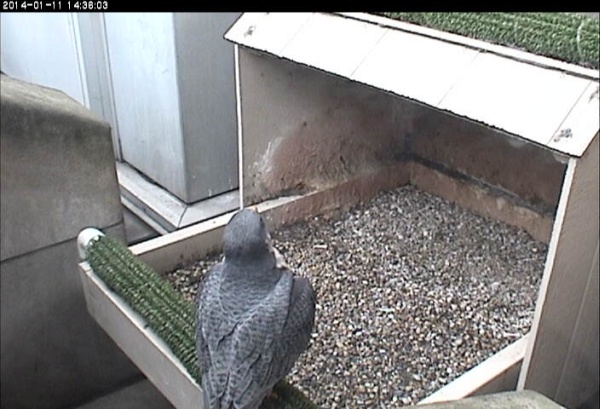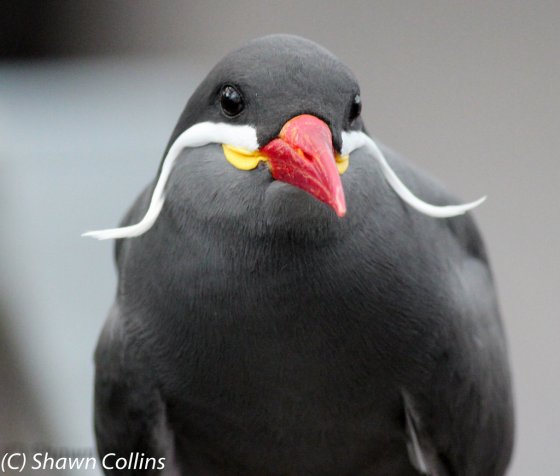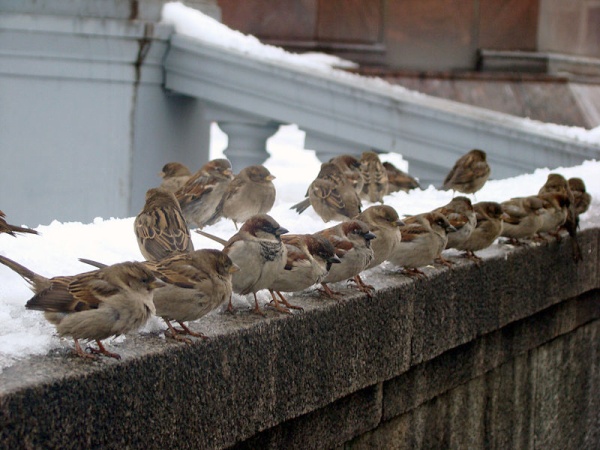
House sparrows are always gregarious, but more so in winter when they flock together in large numbers.
In the morning and afternoon they disperse to feed, but twice a day — at midday and in the evening — they gather in dense shrubs or evergreens and chatter for an hour or more. They sound a lot like this.(*)
You might not hear them in today’s cold weather but when you do it’s unmistakable. They’re in a bush alive with birds … but you can’t see them. I’ve tried to count them but they fall silent and hide when I approach. I rarely see even one.
Here’s a flock in a tree, somewhat hidden but easier to see than inside a privet hedge!
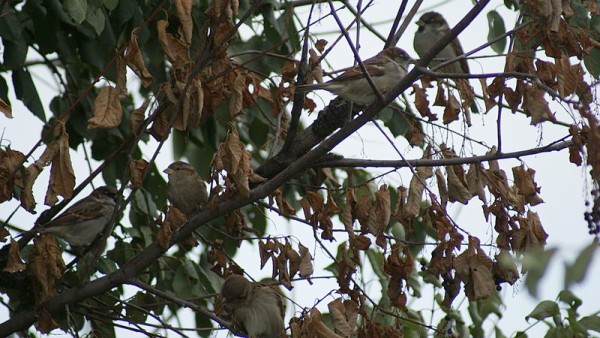
House sparrows love each others’ company so much that, according to the Stokes Guide to Bird Behavior, some travel up to four miles to join the roost.
“Gregarious” is a good word for house sparrows (from grex, greg- ‘a flock’) .
(*) The sounds at the link above are similar but not quite the same as winter chatter because they’re from a more intense breeding chase in April. Listen to this segment from BirdNote for all the sounds house sparrows make.
(photos from Wikimedia Commons. Click on the captions to see the originals)
p.s. Did you know that house sparrows have declined in Britain by 66% between 1970-2015? It’s hard to imagine here in the States.
